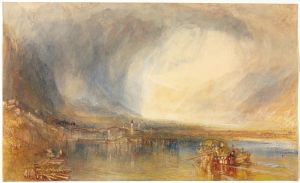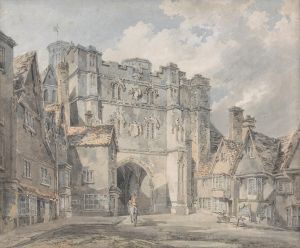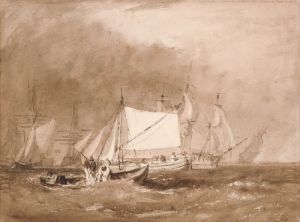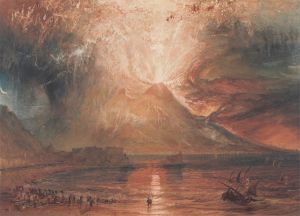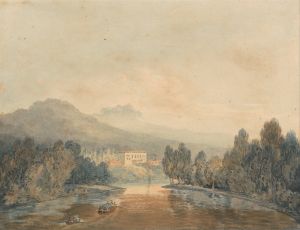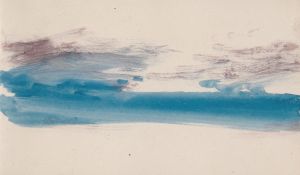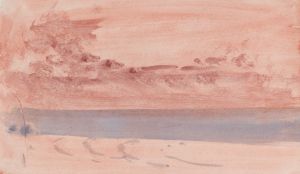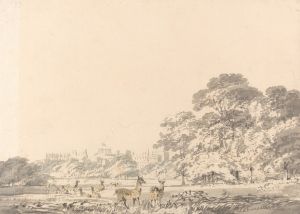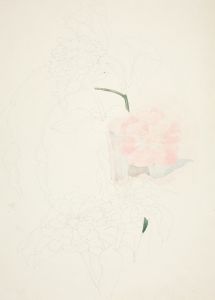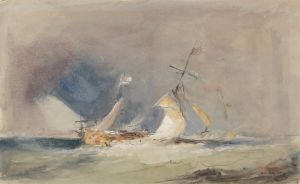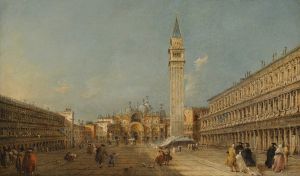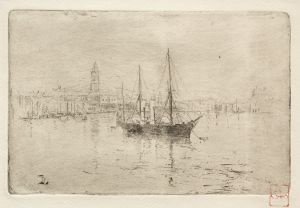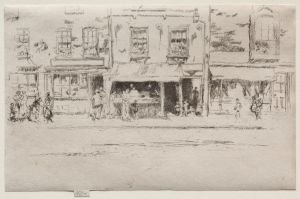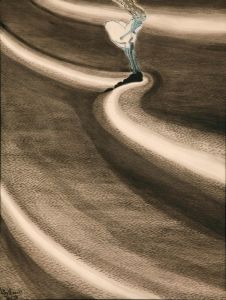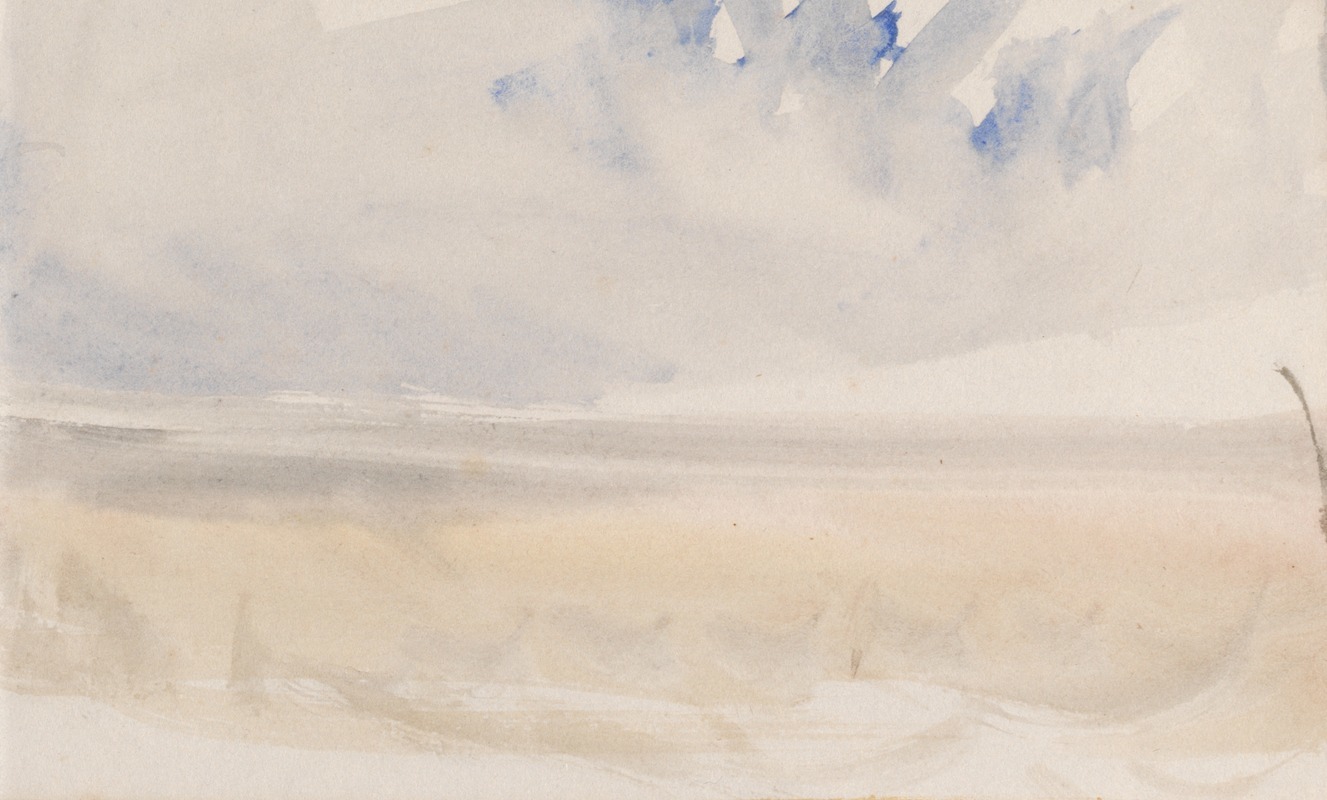
The Channel Sketchbook 7
A hand-painted replica of Joseph Mallord William Turner’s masterpiece The Channel Sketchbook 7, meticulously crafted by professional artists to capture the true essence of the original. Each piece is created with museum-quality canvas and rare mineral pigments, carefully painted by experienced artists with delicate brushstrokes and rich, layered colors to perfectly recreate the texture of the original artwork. Unlike machine-printed reproductions, this hand-painted version brings the painting to life, infused with the artist’s emotions and skill in every stroke. Whether for personal collection or home decoration, it instantly elevates the artistic atmosphere of any space.
Joseph Mallord William Turner, an English Romantic painter, is renowned for his expressive colorization, imaginative landscapes, and turbulent marine paintings. One of his works, "The Channel Sketchbook 7," is part of a series of sketchbooks that Turner used throughout his career to capture scenes and ideas that would later inform his larger works. Turner was known for his extensive travels, and his sketchbooks often reflect the places he visited and the subjects that caught his interest.
"The Channel Sketchbook" is believed to have been used by Turner during his travels along the English Channel. This body of water, which separates southern England from northern France, was a frequent subject in Turner's work due to its dynamic weather conditions and the interplay of light and sea. The sketchbook likely contains a variety of quick sketches and studies that capture the essence of the Channel's landscapes and seascapes.
Turner's sketchbooks were not intended for public display; rather, they served as personal tools for exploration and experimentation. They provided a space for Turner to work out compositional ideas, study natural phenomena, and refine his techniques. The sketches within "The Channel Sketchbook" would have been executed rapidly, capturing fleeting moments and impressions that Turner could later draw upon in his studio.
The sketches in "The Channel Sketchbook" are likely to be executed in pencil or watercolor, mediums that Turner frequently employed in his sketchbooks for their portability and ease of use. These sketches would have varied in detail, with some being little more than outlines or color notes, while others might have been more developed studies.
Turner's approach to sketching was innovative for his time. He often focused on capturing the effects of light and atmosphere, rather than precise topographical details. This emphasis on mood and impression over exact representation was a hallmark of Turner's style and contributed to his reputation as a precursor to the Impressionist movement.
The "Channel Sketchbook" series, including Sketchbook 7, provides valuable insight into Turner's creative process and his approach to capturing the natural world. These sketchbooks are housed in the Turner Bequest at Tate Britain, which holds the largest collection of Turner's works. The bequest includes around 300 oil paintings and over 30,000 sketches and watercolors, offering a comprehensive view of Turner's artistic development.
Through his sketchbooks, Turner was able to experiment with composition, color, and technique in a way that informed his larger, more finished works. "The Channel Sketchbook 7" is a testament to Turner's dedication to his craft and his relentless pursuit of capturing the beauty and power of nature. While the individual sketches may not have been intended as standalone works of art, they are nonetheless an integral part of Turner's legacy, providing a window into the mind of one of Britain's most celebrated artists.





